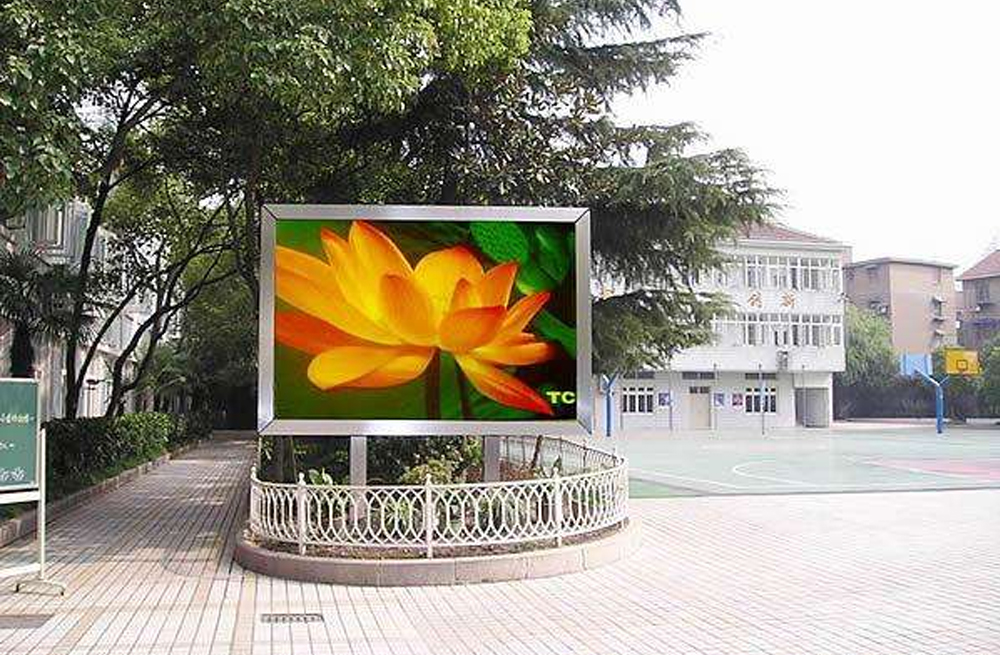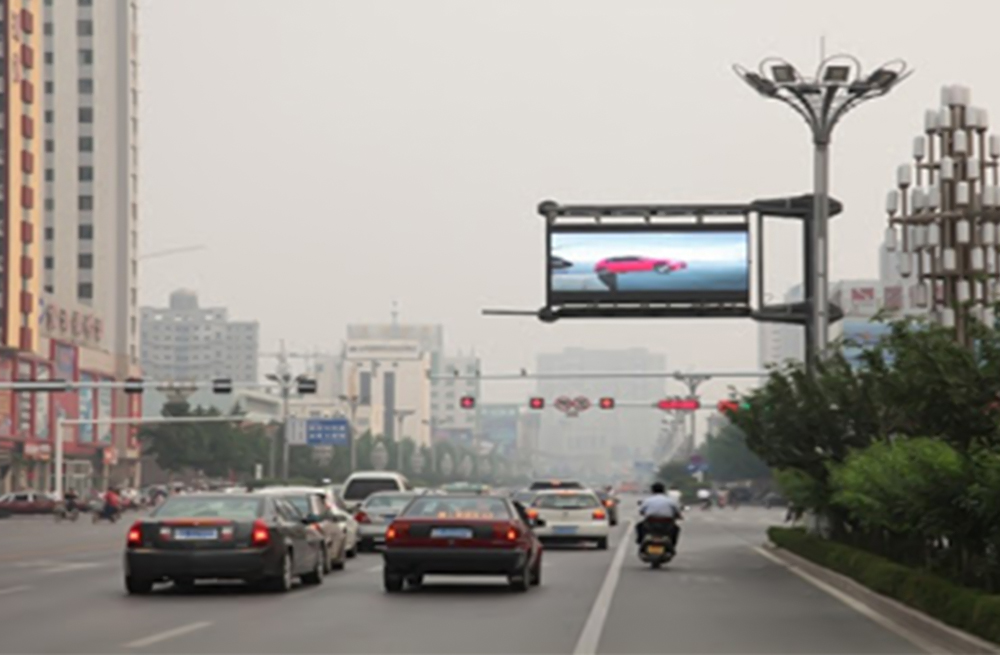Everyone knows that LED outdoor display screen is a customized product. It is not a simple electronic trading product. It is a simple trading process, but involves the implementation of a complete system design, from pre-sales design including other related industries to after-sales construction. Installation and maintenance, many times require the merchant to do it yourself.
Let’s share the following points for the site survey before the LED outdoor display is sold:
1. Preparation before site survey:
You need to communicate with the user before departure to understand the specific requirements of the user:
(1) The type and size of the display.
(2) Installation environment.
(3) Display content and methods.
(4) Connect methods.
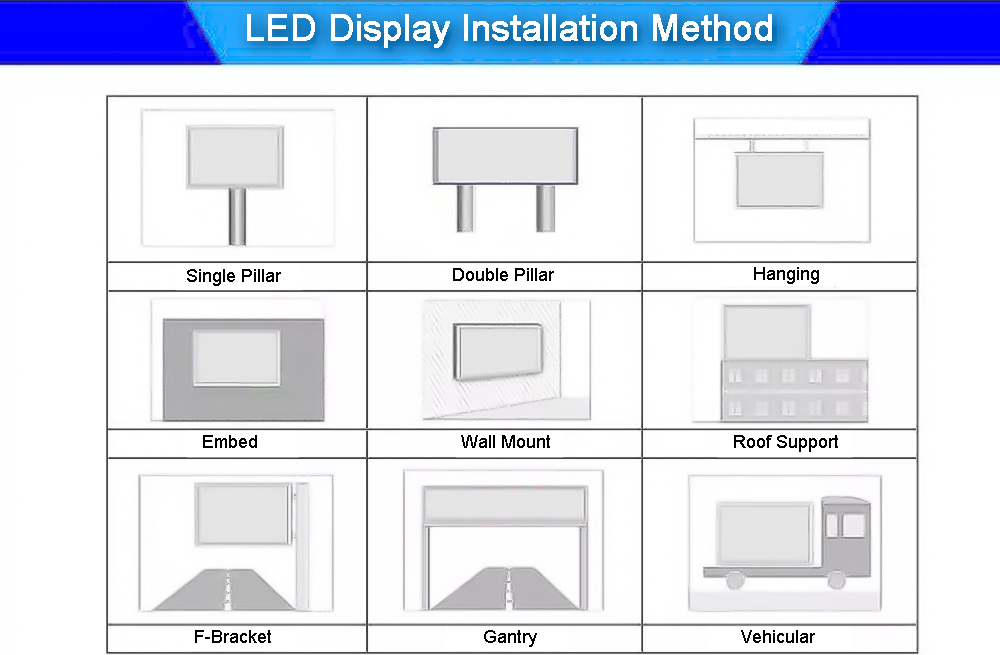
2. Site survey content:
(1) The state of the wall where the display is installed, the installation method (inlaid, floor-standing, hanging, wall-mounted, support, pillar) and the force. And according to the specific size of the display, confirm whether there are obstacles at the installation site to hinder the installation of the display. In the case of inlaid installation, the reserved installation slot is suitable; if the wall has decorative partitions, the user must be inquired about the wall condition; if the column screen is installed, it is necessary to understand the geological conditions. (If there is sediment at the bottom of the geological layer, it will take a long time, which will lead to the risk of the column and the screen sinking or even falling down.)
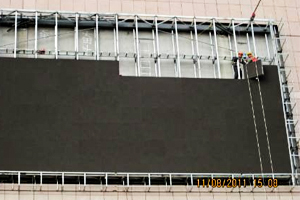
(2) Power supply situation on site. Whether the cable needs to be re-arranged, or whether the cable diameter of the already-arranged cable meets the requirements; if it is single-phase power, whether there is a grounding wire; if it is three-phase electricity, whether it is a three-phase five-wire . If you need to rewire, you need to accurately measure the length of the power cord on site.
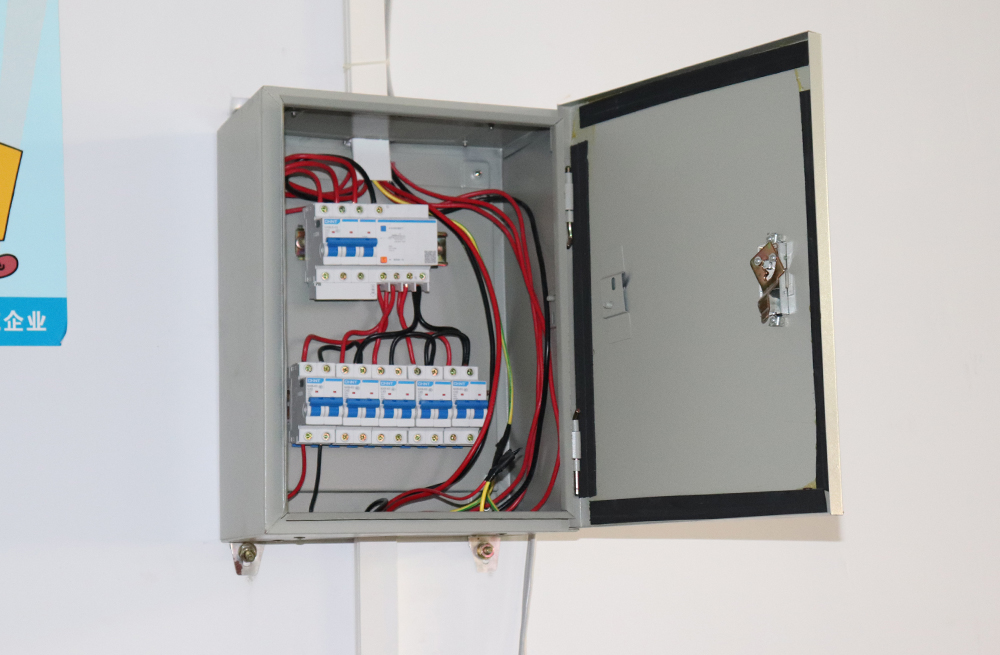
(3) Understand the control position of the display and whether the communication line is clear. The length of the communication line required on site, and whether there are other devices that need to be connected to the display control terminal or understand the switching method of the live signal channel; if the user does not understand anything, at least need to understand the user’s application requirements especially the theater class user. If the user has already wired, ask if the length and quantity of the cabling are appropriate; the normal synchronization system should use less than 120 meters of super five types of network cables, and the length of non-super five network cables should be lower; if the number is insufficient, the corresponding number of network cables must be increased. If the length is too long, you must use a suitable fiber optic cable. If the length is less than 500 meters, multimode fiber is used; for lengths greater than 500 meters, single mode fiber must be used. There must be spares in both the network cable and the number of fibers.

(4) Tools to carry: such as tape measure or laser ruler. Ask the user if scaffolding is available; whether the computer is provided by the user.
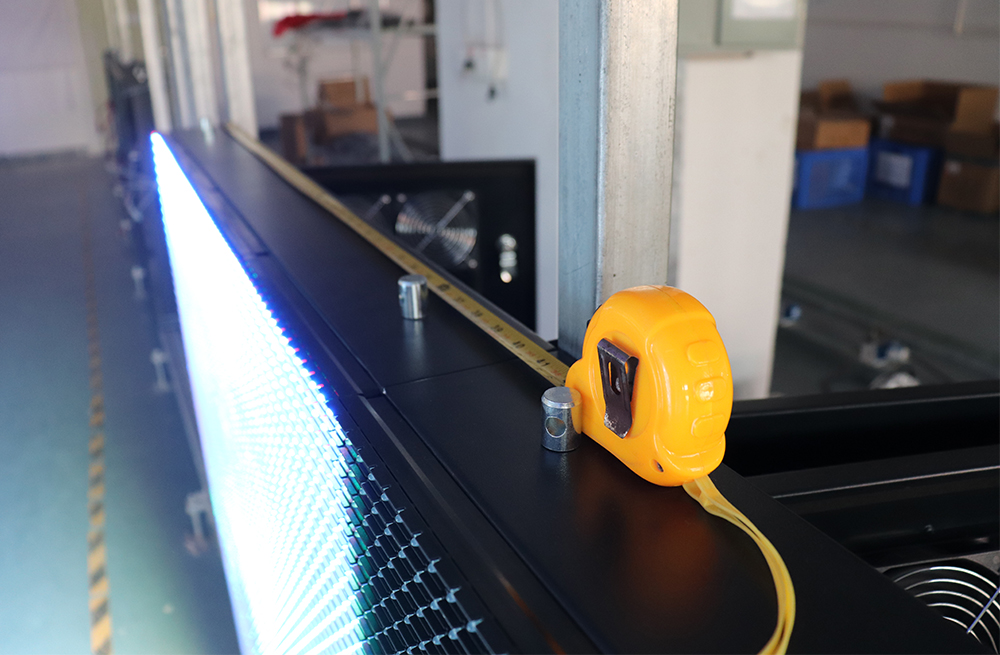
(5) On-site environment. Whether it should be protected from moisture when installed indoors; whether it should be waterproof and lightning-proof when installed outdoors; whether it is close to the sea or close to the chemical plant; how much air salt, alkali and acid are. The viewer’s viewing distance, display height, and sunlight orientation.
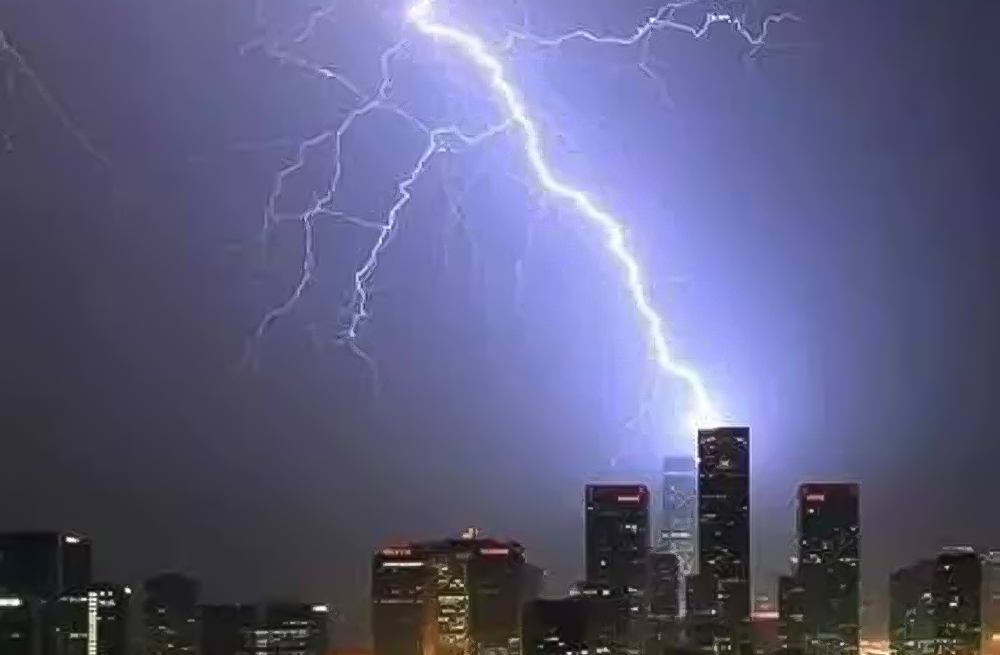
(6) Record all the situations encountered at the scene with a camera
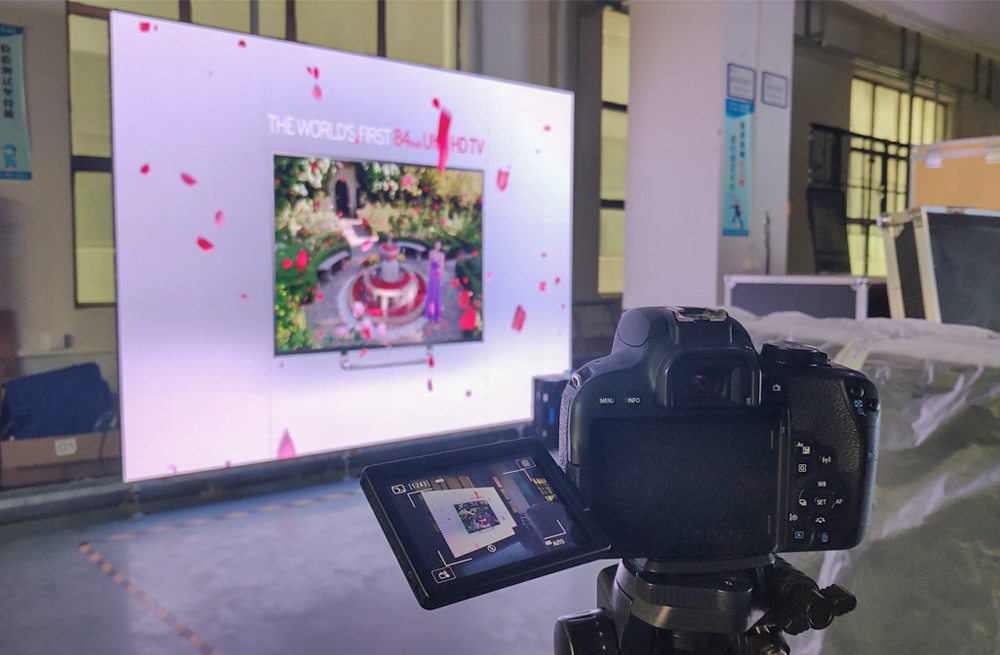
(7) Whether the user has special requirements; if there are special requirements, can it be achieved, and the difficulty of the project.
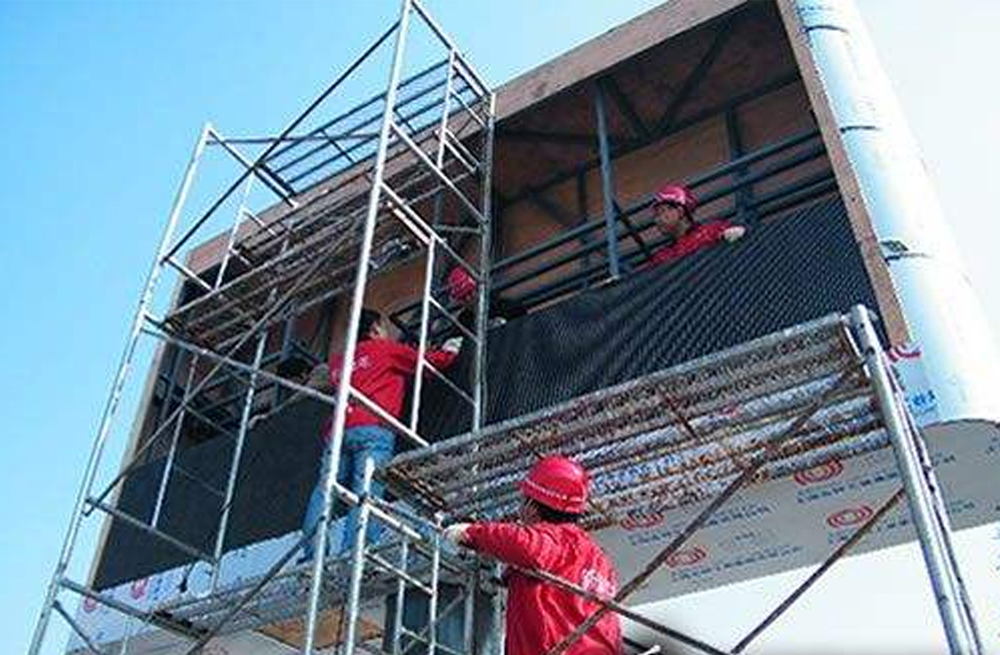
(8) If the business is responsible for the construction, you must also go to the local to understand the specific location of the steel market and building materials market.
Additional issues for outdoor LED screens to be considered:
1.The display screen is installed outdoors, often exposed to the sun and rain, and the working environment is bad. If the electronic equipment is wet or seriously damp, it may cause a short circuit or even cause a fire and cause damage.
2.The display may be subject to strong electric and magnetic attacks caused by lightning.
3.The ambient temperature varies greatly. When the display is working, it must generate a certain amount of heat. If the ambient temperature is too high and the heat dissipation is poor, the integrated circuit may not work properly or even be burned, so that the display system cannot work normally.
This article was written by Yudong.

